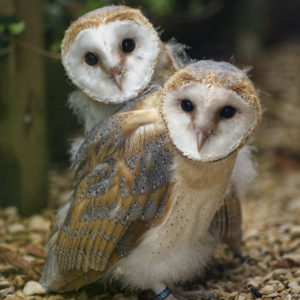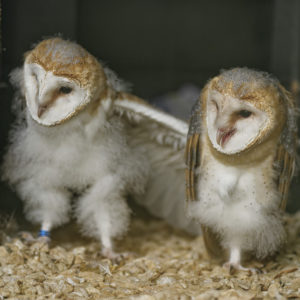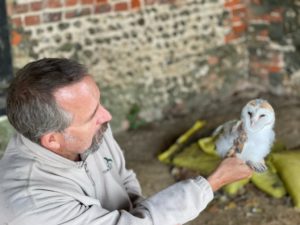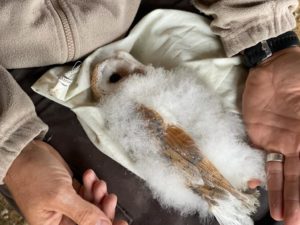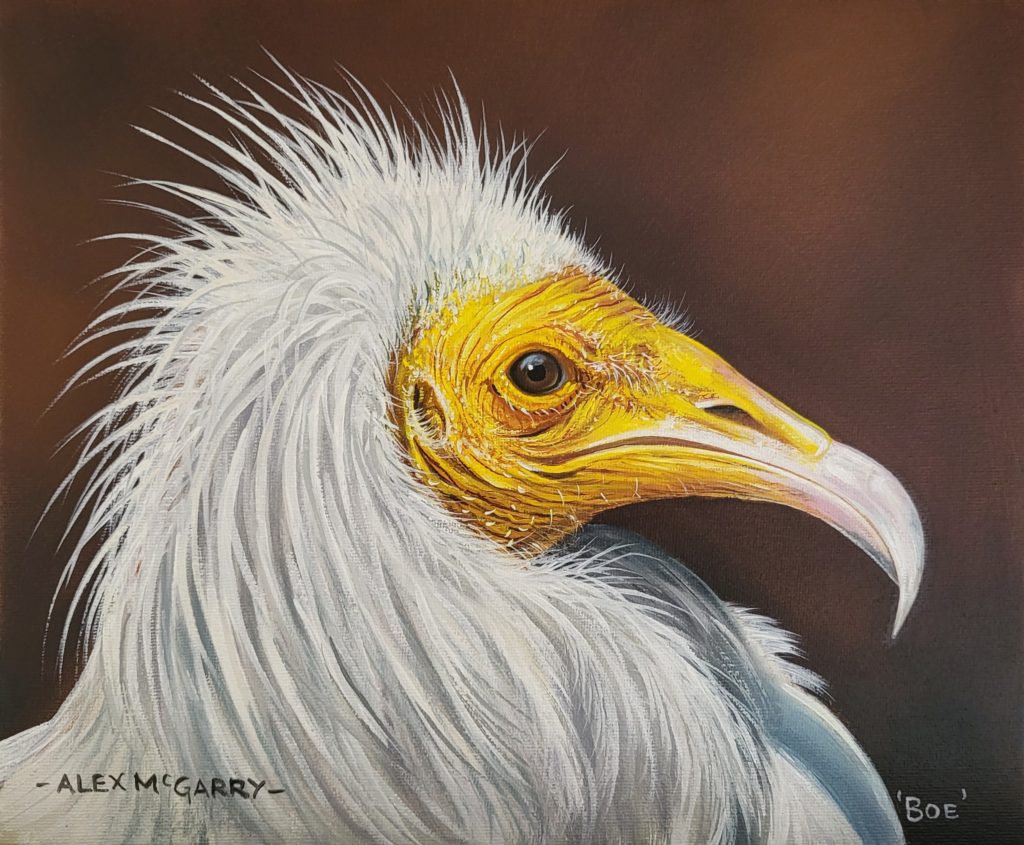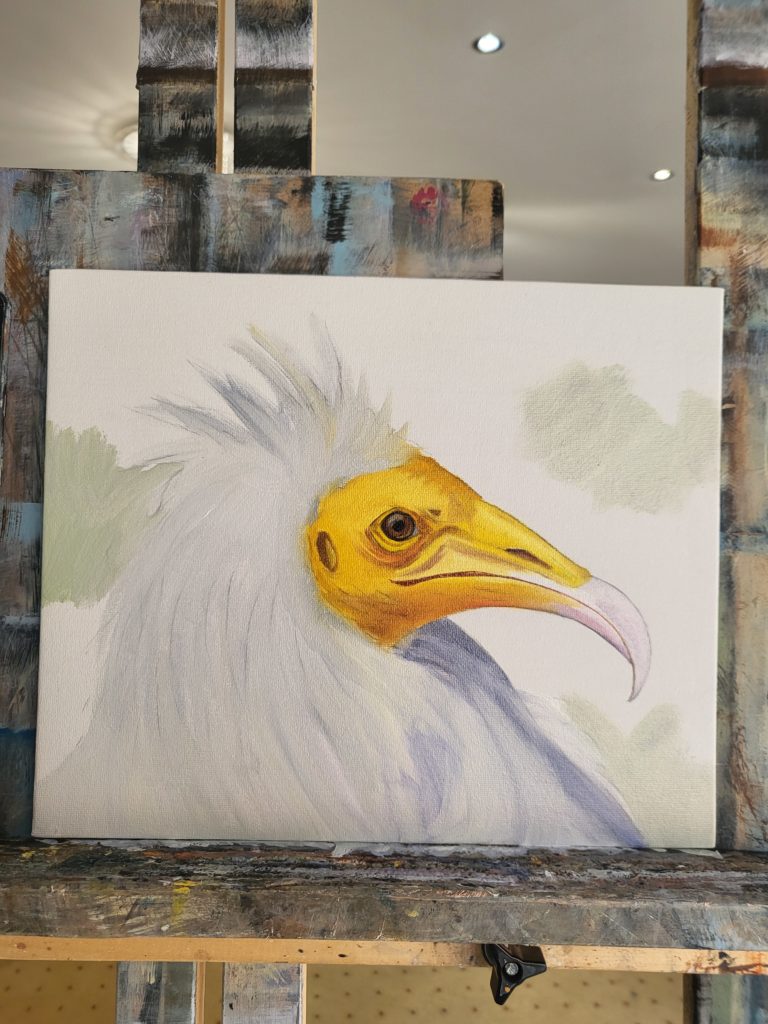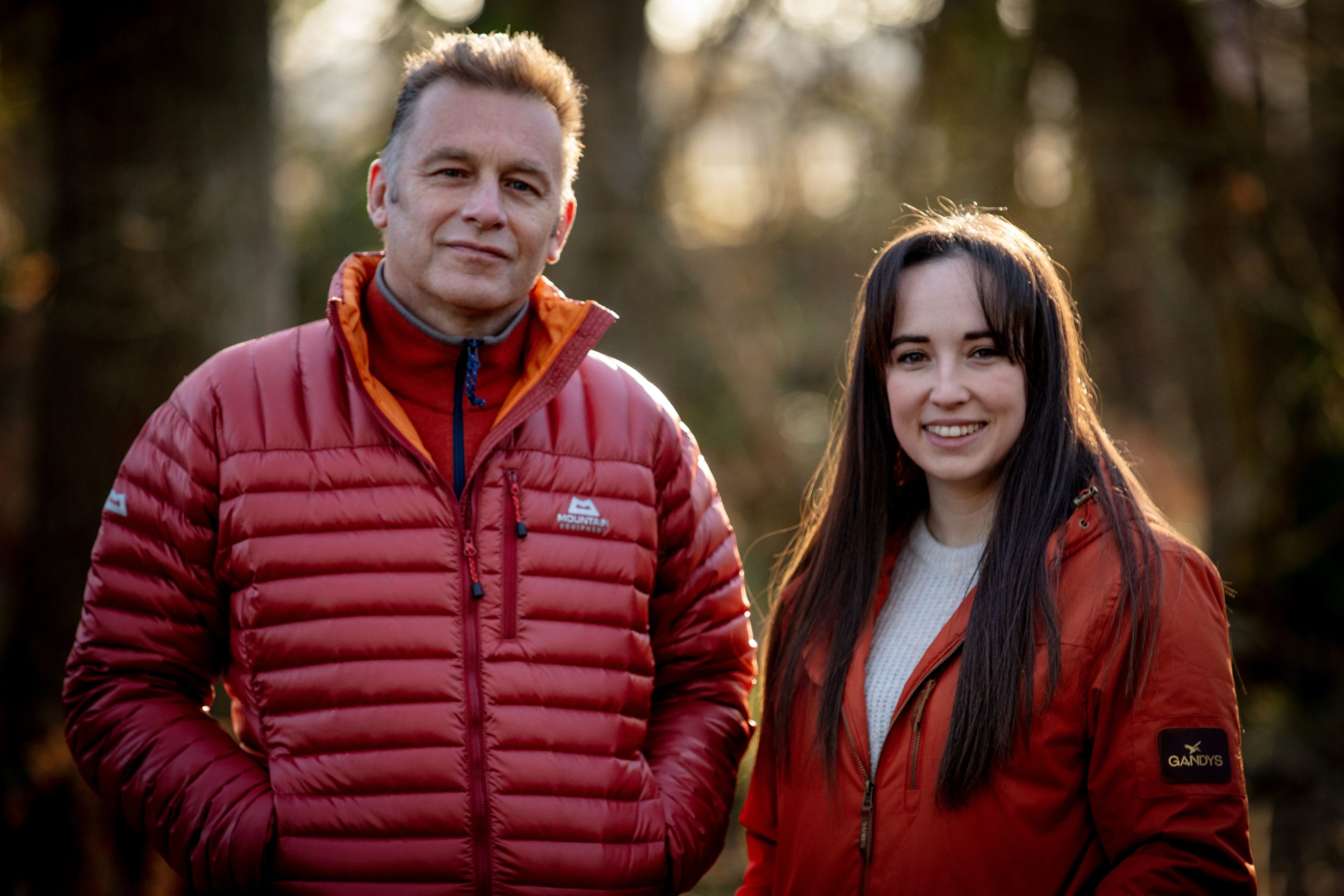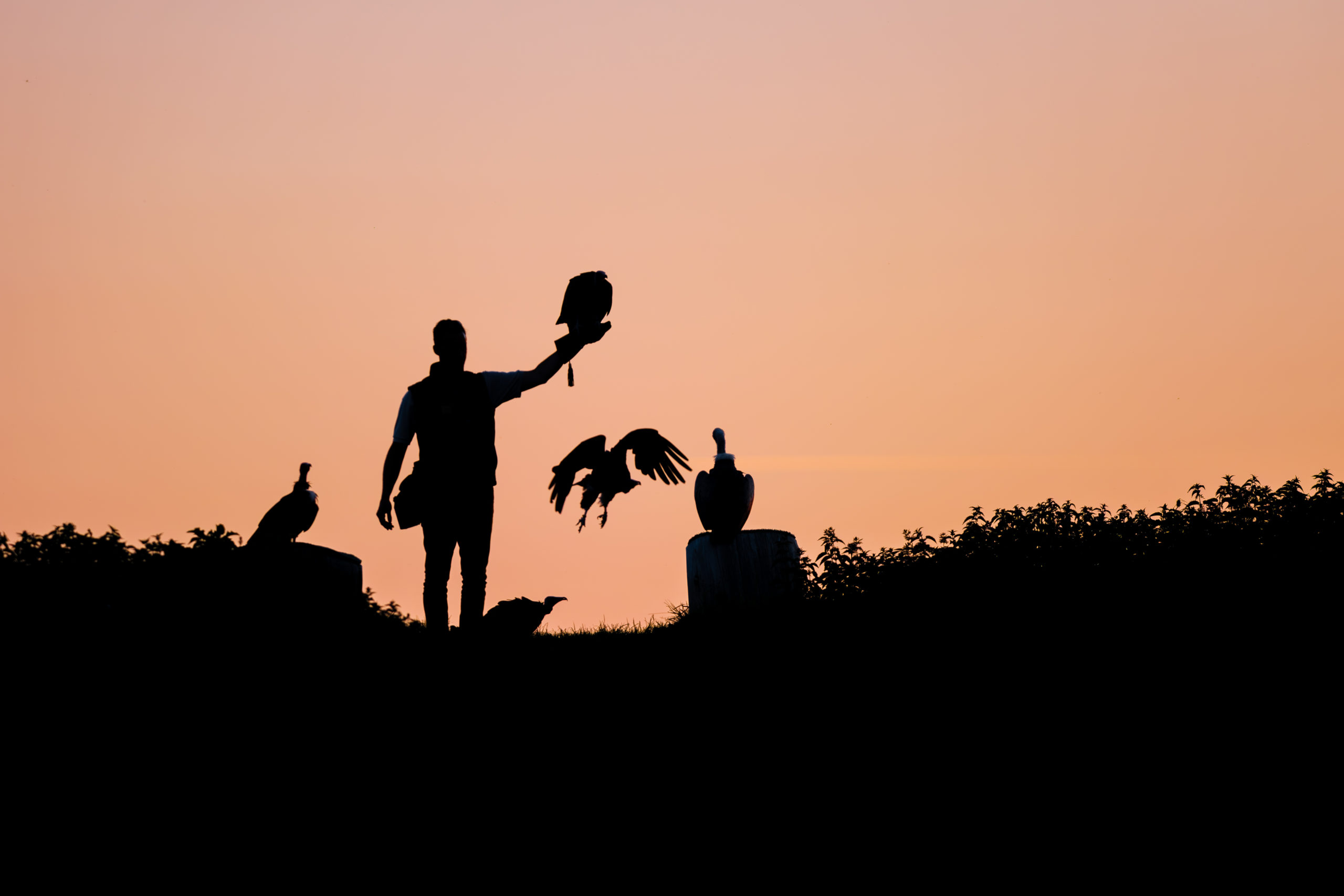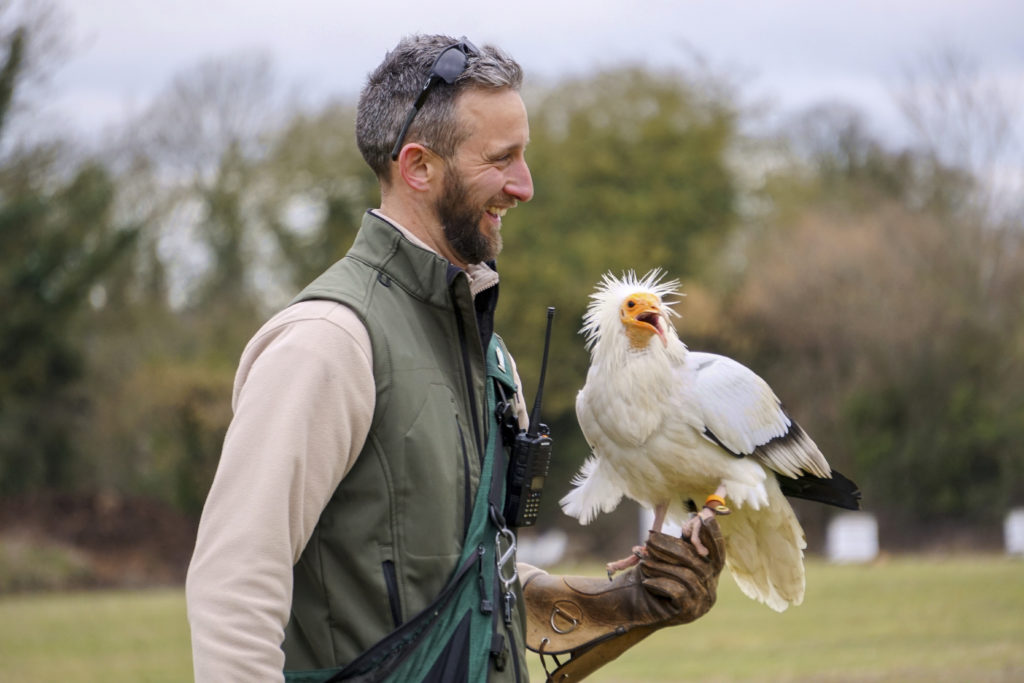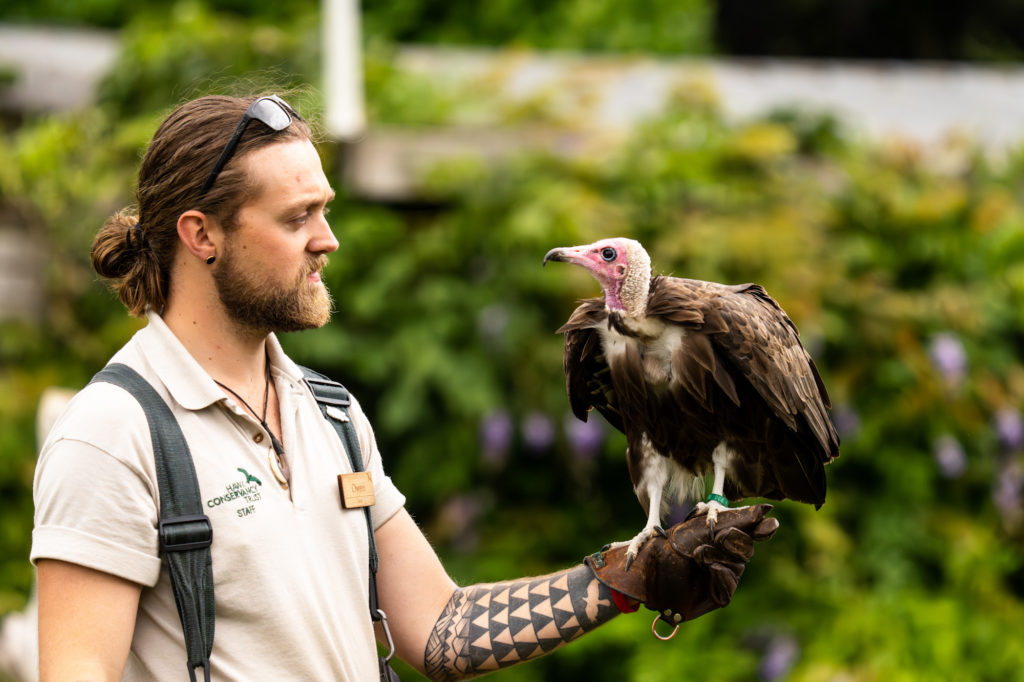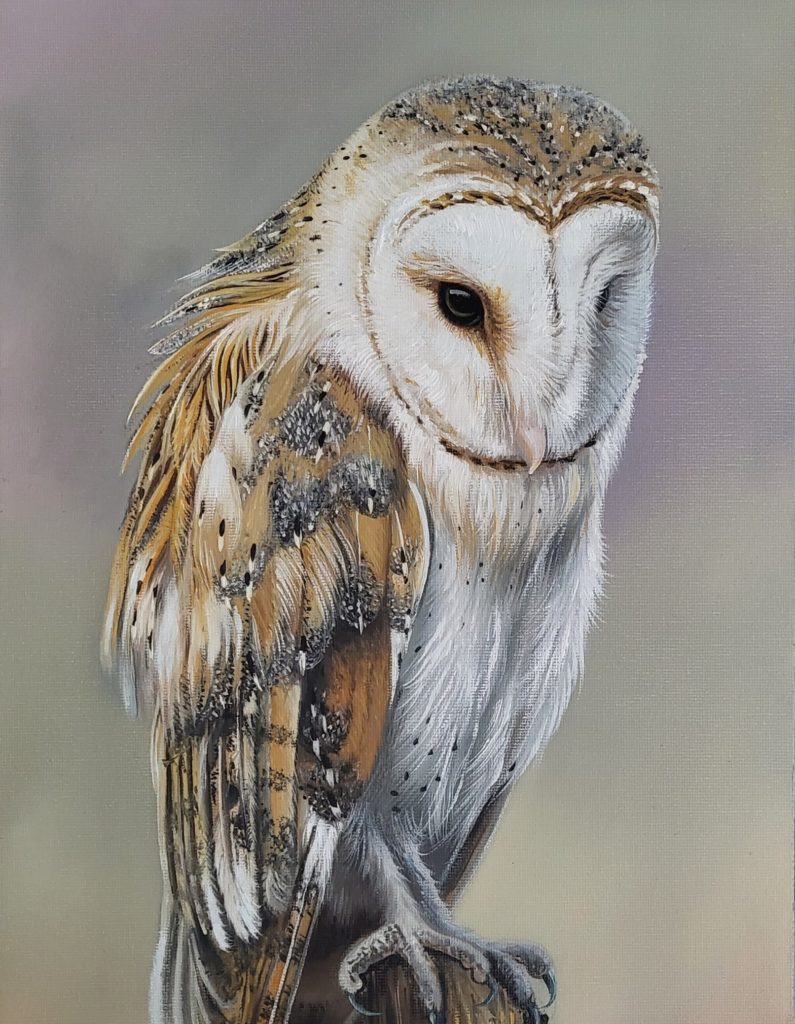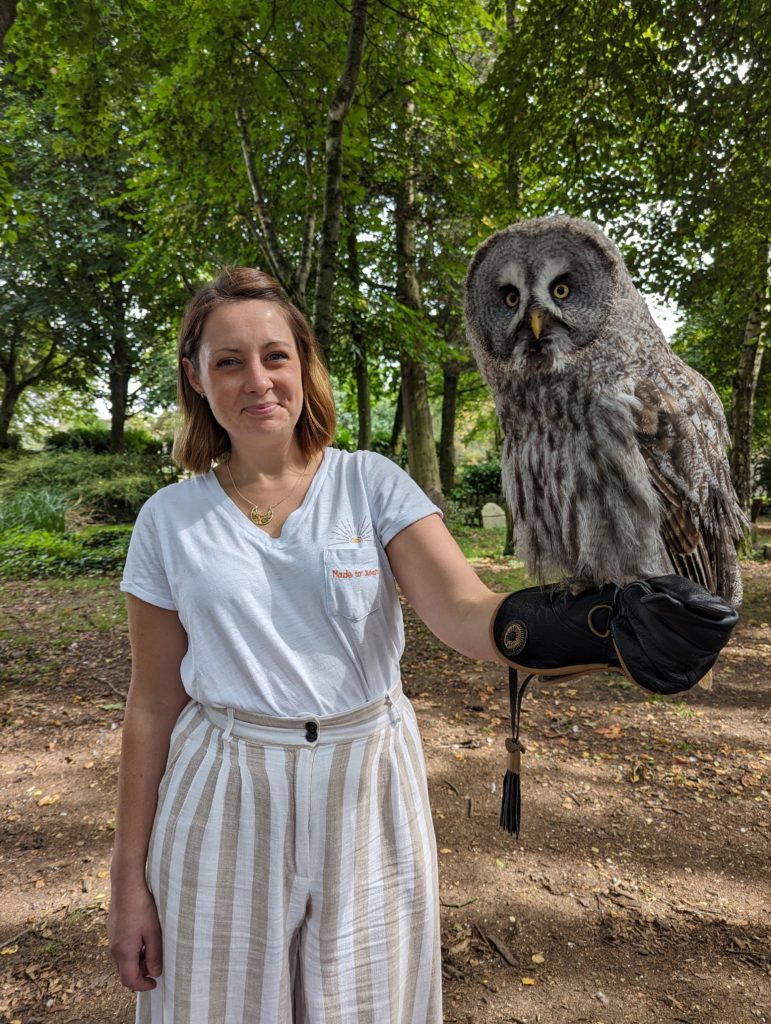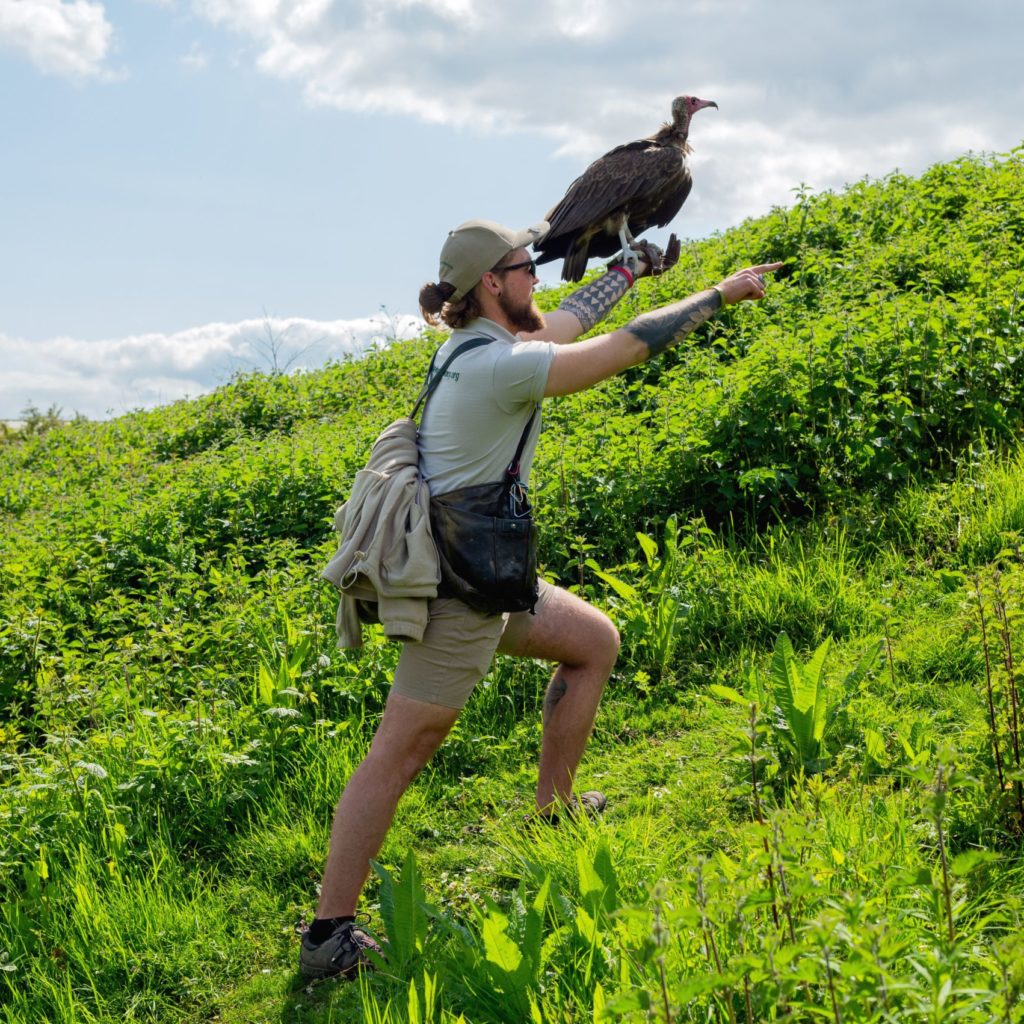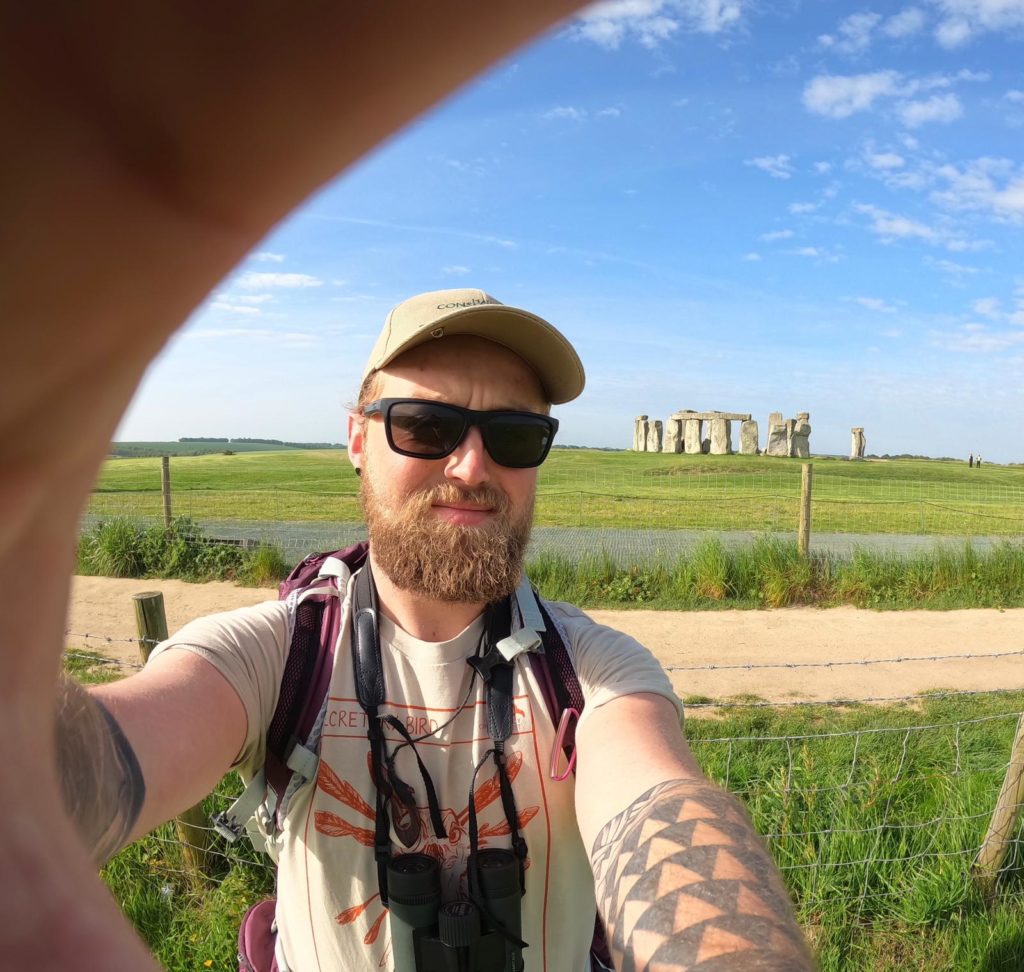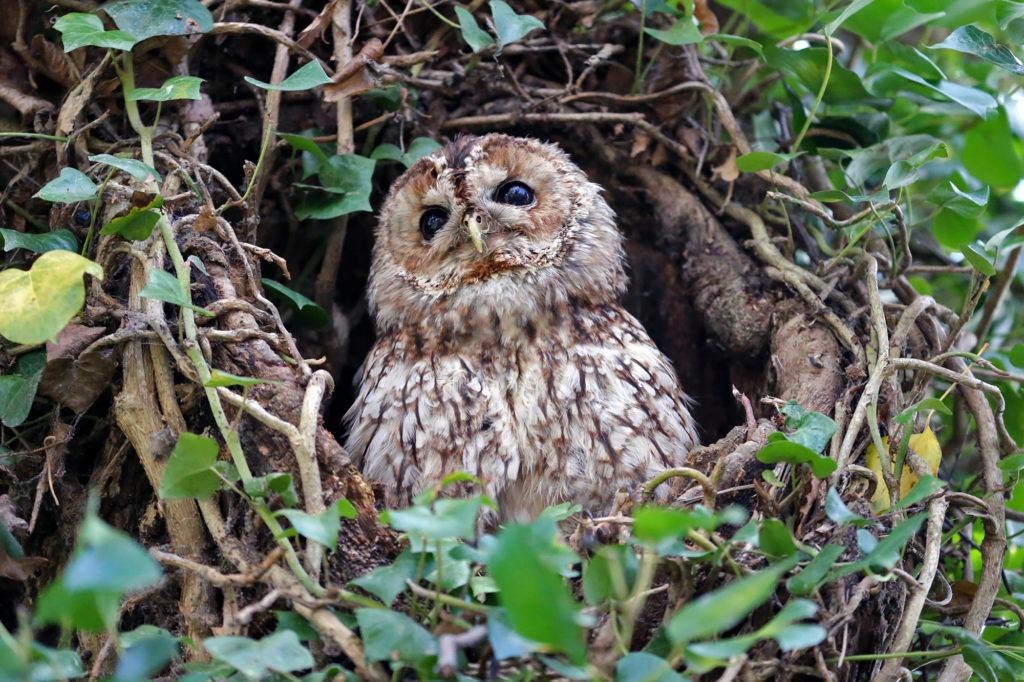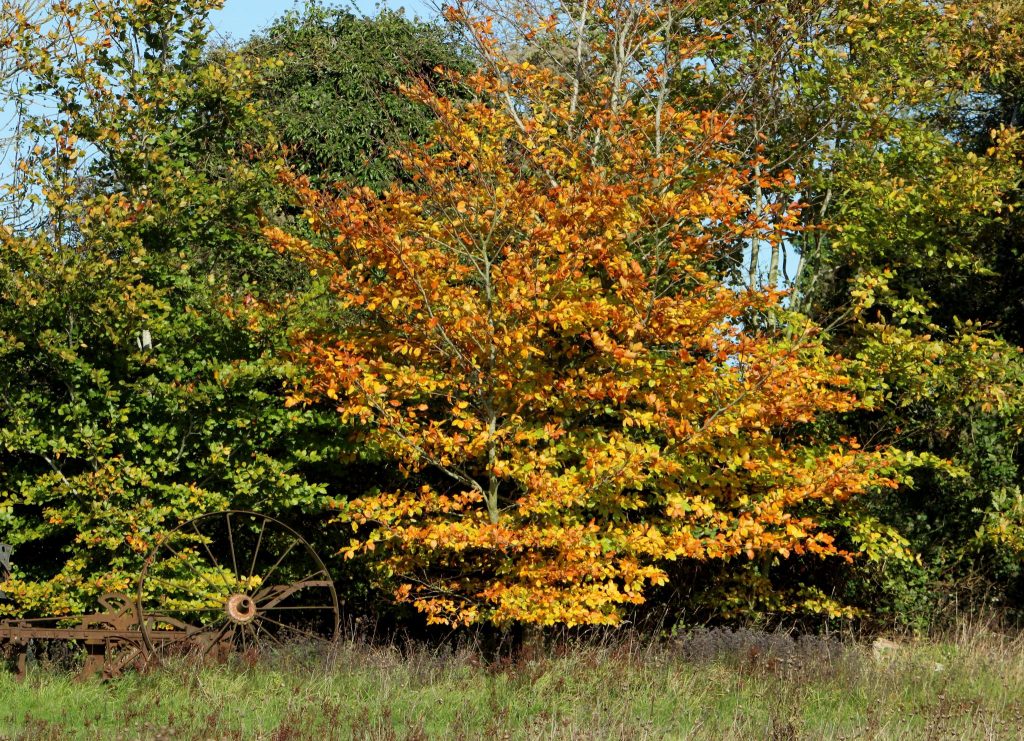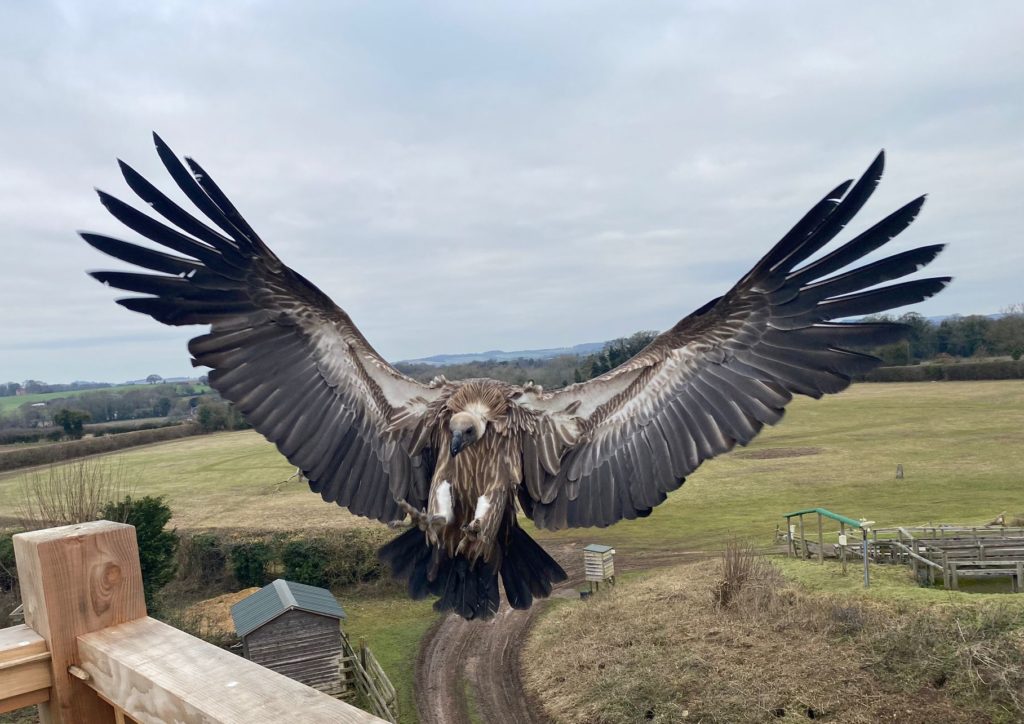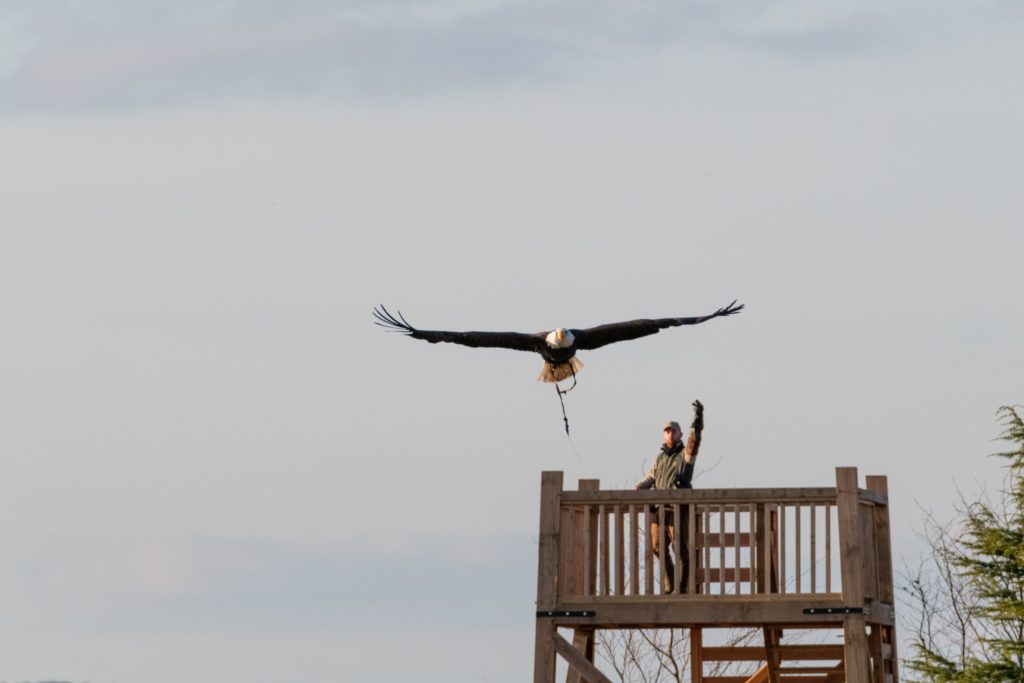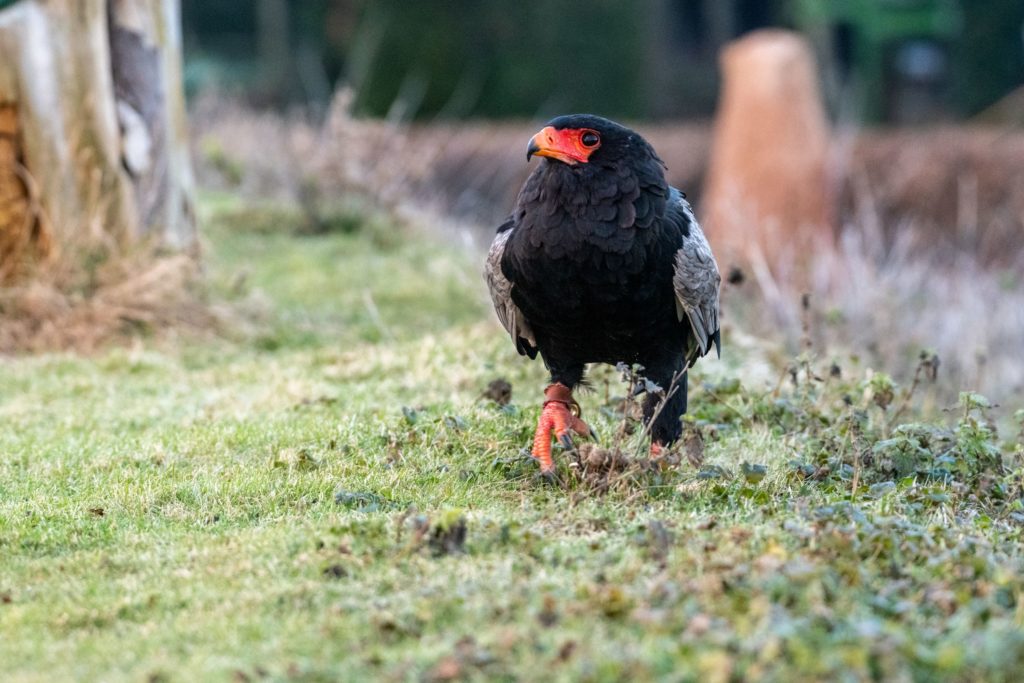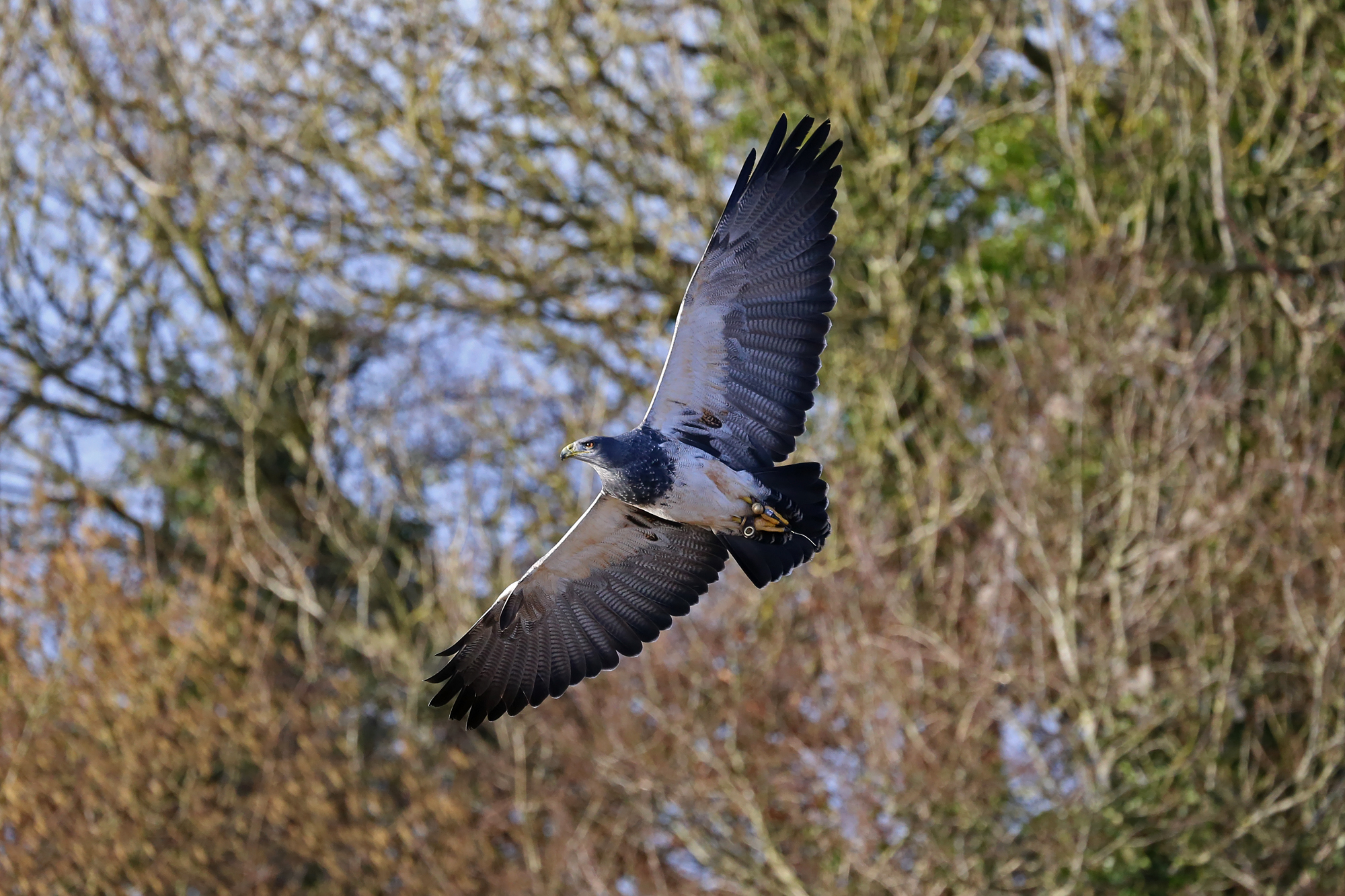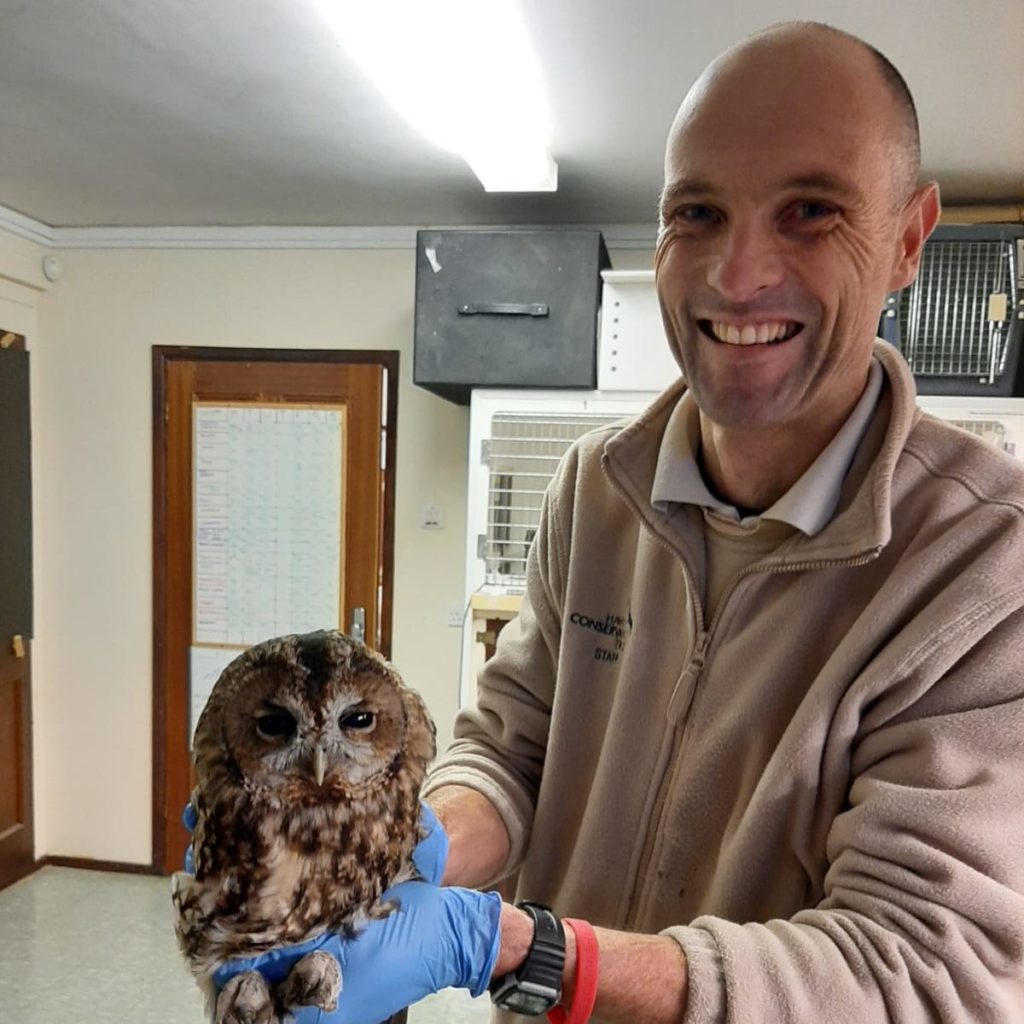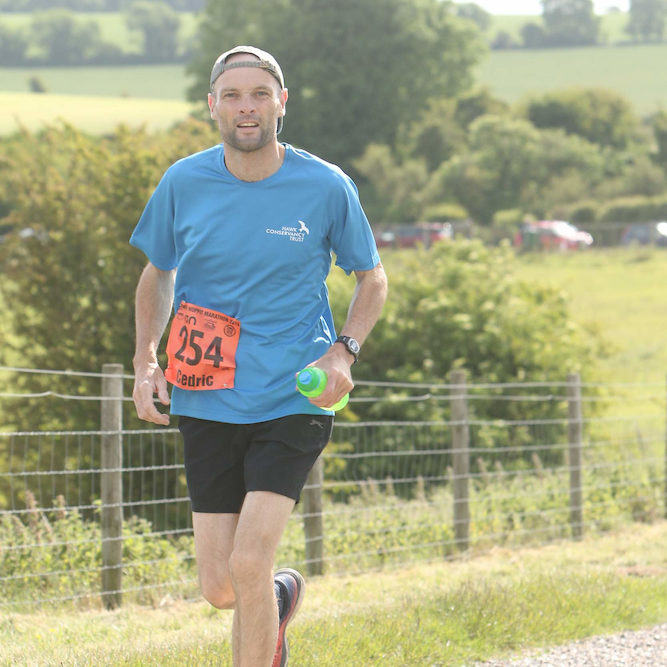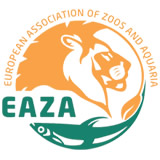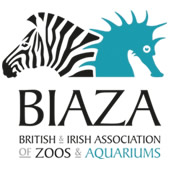The hatching of three vulture chicks at the the Hawk Conservancy Trust is a hard-fought win for two of the world’s most threatened species of bird.
The two African White-backed Vulture chicks and one Hooded Vulture chick are among the most threatened species of birds globally. Some 70% of vulture species have an unfavourable conservation status meaning they are at risk of extinction.
The recently hatched chicks are particularly important because they represent vital and substantial progress towards creating a sustainable safety-net population. African White-backed and Hooded Vultures are Critically Endangered with rapidly decreasing populations across their African range. Over the last 30 years Hooded Vulture numbers have declined by around 83% and White-backed Vultures by 90%.
All three chicks are thriving after a complex and labour-intensive effort by our Bird Team who are dedicated to international breeding programmes that work to create sustainable and healthy populations of birds in zoological institutions.
Coordination of such populations is important because they can represent the survival of a species if it becomes extinct in the wild. Should the unthinkable happen, chicks like these three will be vital for future conservation efforts and reintroduction to the wild, once the threats have been minimised.
In the wild, the reasons for dwindling populations of vultures are complex. Aside from the threats to life such as poisoning by poachers, vulture breeding takes a long time in terms of success–some species only breed once a year and produce just one egg. If parent skills, including their own survival, climatic and environmental factors all align, and the chick hatches successfully, the young vulture will face a host of challenges before it can reach adulthood.
The workings of international breeding programmes are also complex and fraught with challenges. The following individual tales of the three new chicks illustrate just how delicate the journey can be from nesting to fledging.
From risky beginnings to foster family success
In the case of the first White-backed Vulture, the egg was spotted by the Bird Team being sat on by parents Etosha and Talavera. The team was cautious because the pair did not have an established record of successful hatching. So, after careful consideration the egg was taken into our National Bird of Prey Hospital TM to be incubated. This is an established and proven method to maximise incubation success while a dummy egg is given to the nesting pair to maintain parental instincts ready for the eventual return of the chick. Thank you to Investec for funding our new incubator.
In the hospital, the egg was kept in the incubator with temperature and humidity control and the chick’s development was closely monitored for signs of growth, until the first signs of hatching were spotted. At this stage, our incubation specialist Mike Riley took on the role of the parents by carefully helping with removal of the shell. This is a delicate technical procedure as the inside membrane of the egg is full of small blood vessels that, if damaged, could cause difficulties for the chick before complete hatching.
Once hatched the chick spent 11 days staying warm in the incubator and being fed four times a day, and being checked and weighed for progress. Throughout, any Bird Team member in contact with the chick had to cover their face and head to avoid the risk of imprinting, which is when a newborn animal can see a human or other animal is its parent as a result of regular exposure to them.
Sadly, while the new hatchling was developing, Etosha and Talavera abandoned the idea of being parents and stopped sitting on their dummy egg, meaning the chick could not be returned to them as planned. This called for foster parents, and the perfect pair was found in another pair of African White-backed Vultures living at the Trust, Heshima and Ruaha, who have bred successfully before but this year were unlucky in their attempts to produce a viable egg but remained looking after a dummy egg.
The chick was introduced to the expectant pair by being gently placed in an open ‘reveal’ egg which was then swapped with the dummy egg in the nest. Heshima and Ruaha instantly took to the chick and began feeding and incubating it with all the skills and care they’d developed with previous offspring.
The chick will soon be ready to fledge the nest – an event that will be captured on CCTV and possibly by any visitors lucky enough to be at the Trust at the right time.
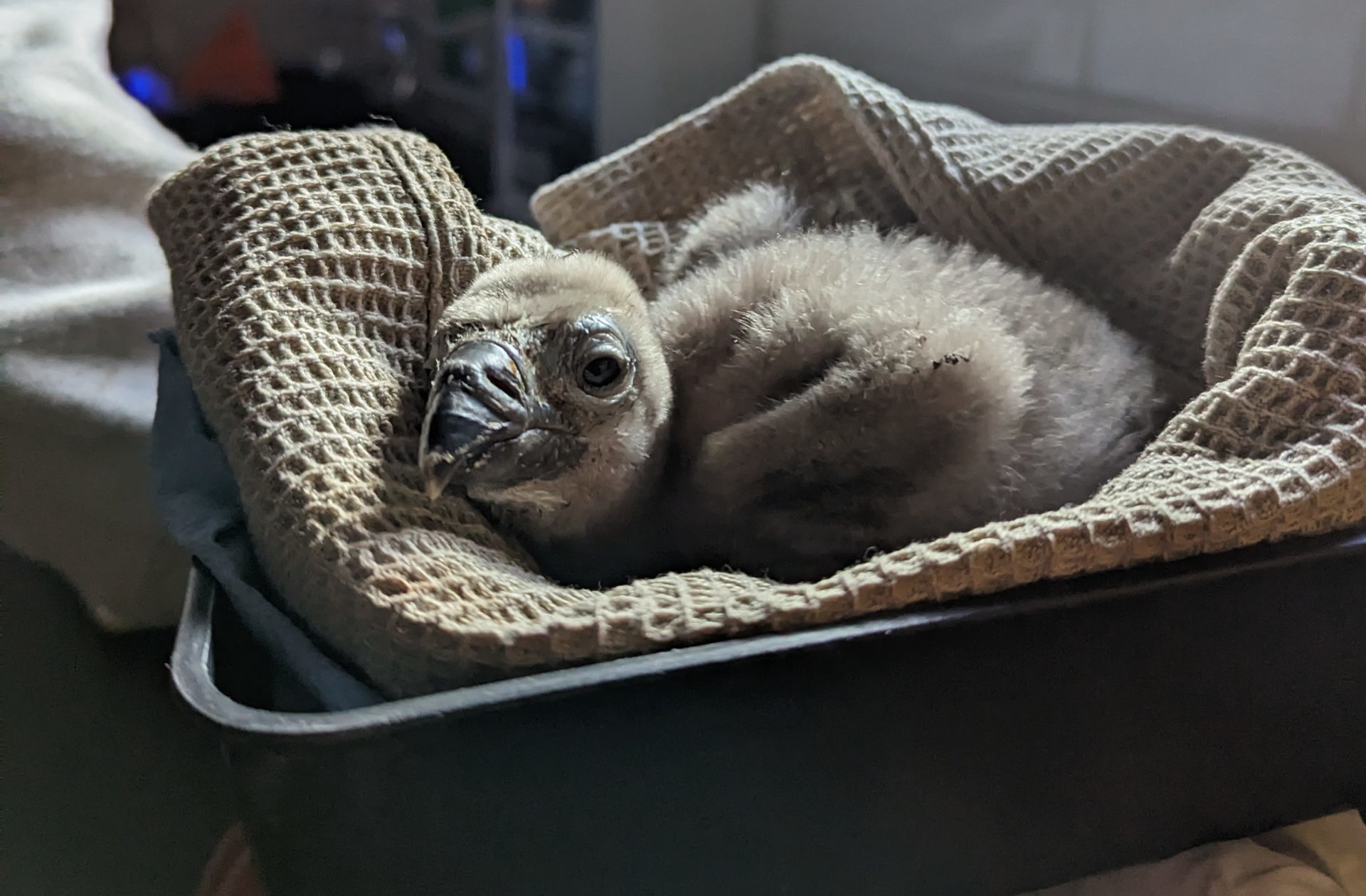
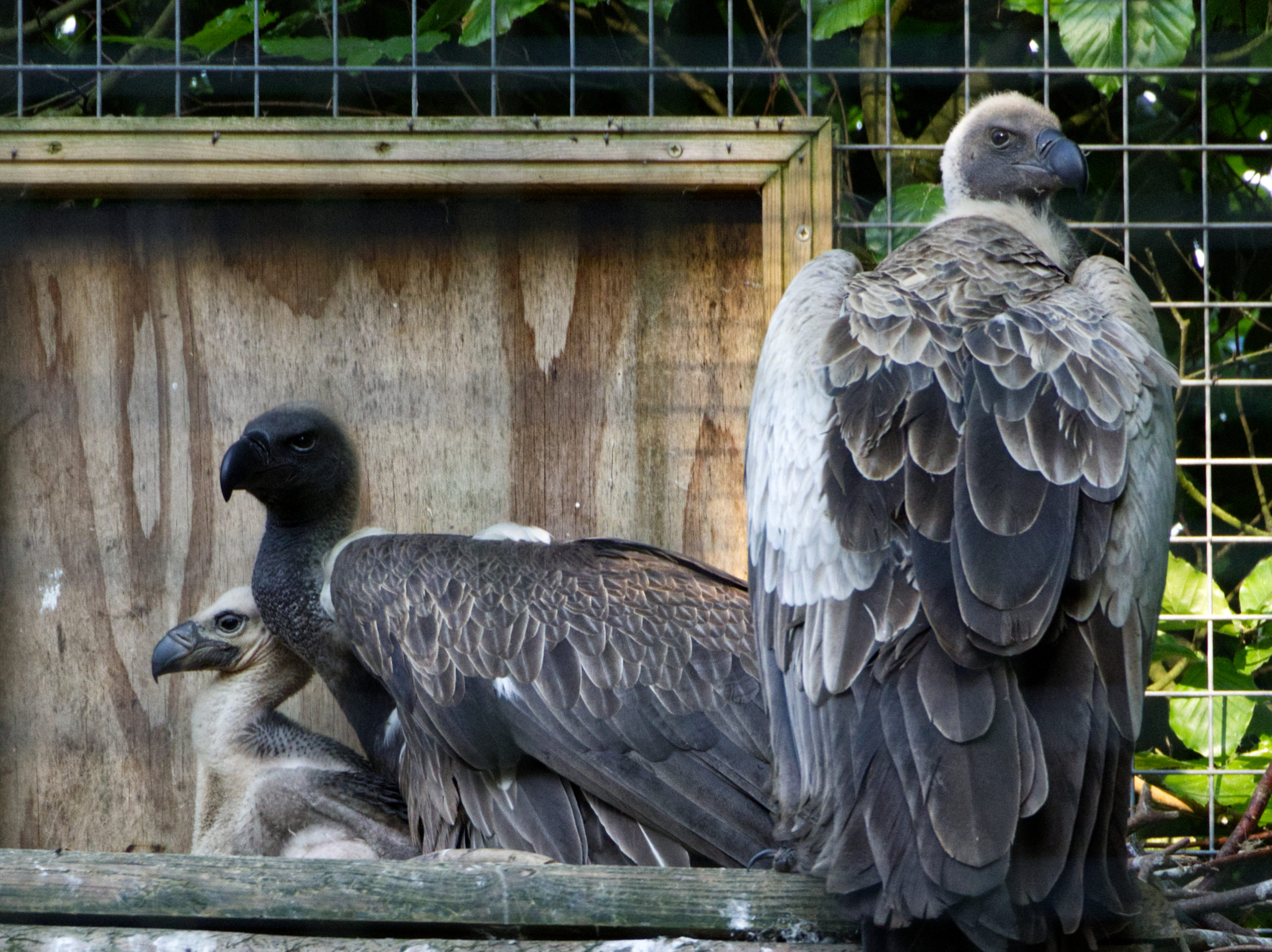
A tale of inter-specific adoption
The second African White-backed Vulture egg to be hatched this year at the Trust comes with a heart-warming tale of inter-specific adoption which sees our pair of disappointed Cinereous Vultures stepping up to parent the young chick.
Although a well-bonded pair, Cinereous Vultures Thor and Aldara have sadly had a few failed breeding attempts due to their dangerous habit of creating two nests then attempting to move their egg between them. Obviously, this makes the risk of damaging the precious egg very high so, when they laid their own egg this year, the Bird Team needed to lend a hand – placing the egg in a safe incubator and giving Dad Thor and Mum Aldara a dummy egg to look after and maintain the parenting instinct until, after successful hatching, the chick could be returned to them.
Sadly, the egg was not fertile, so Thor and Aldara were left without a chick to rear. At the same time the Bird Team was looking after a second African White-backed Vulture chick which could not be returned to its biological parents, and this gave rise to an idea which is rare in breeding programmes for birds of prey – to place the egg from one species with parents of another.
Having been safely incubated and hatched with gentle assistance in the Trust’s National Bird of Prey HospitalTM, the African White-backed Vulture was placed with Thor and Aldara because being reared by birds rather than humans is the ideal start in life for any chick.
After close monitoring, with the team ready to step in at any moment, Thor and Aldara proved to be excellent parents and continued to rear the chick perfectly and prepare it for its future fledging.
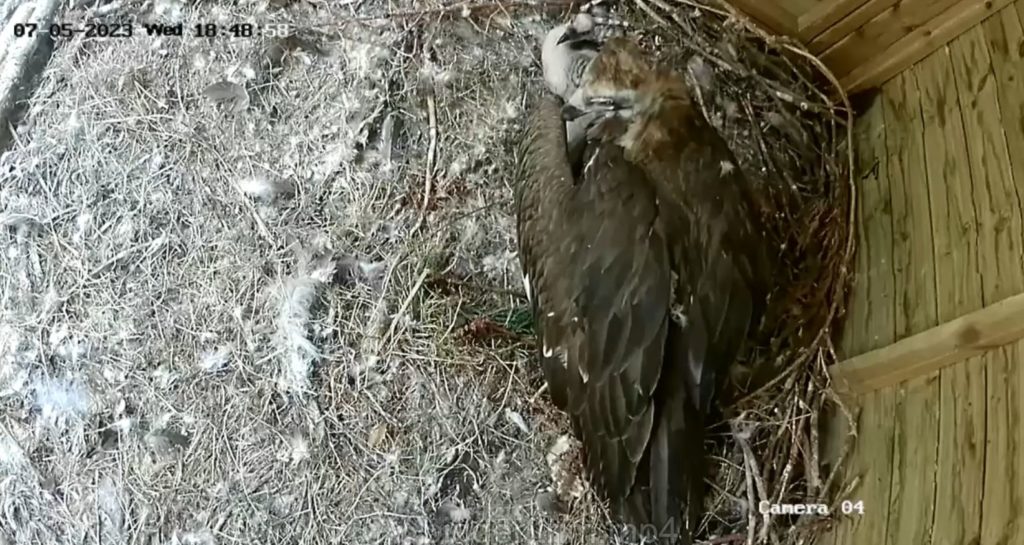
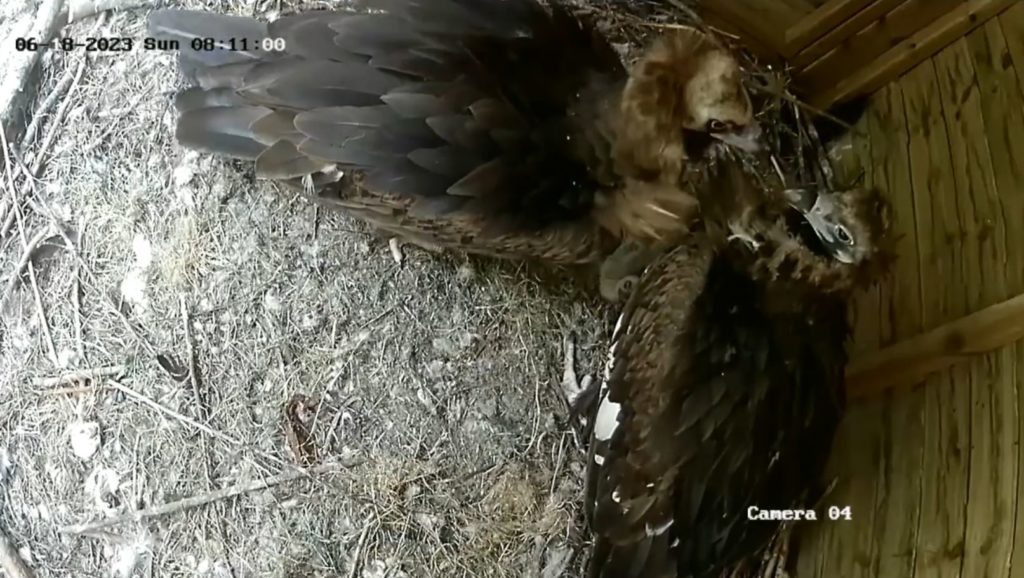
The Hooded Vulture – from slow-burn relationship to the strongest of family bonds
Vultures are typically monogamous, which is uncommon in the animal kingdom. Rather than reproducing with any number of mates during their lifespan, many species of vulture pair for life and this means finding the perfect significant other and deciding to have offspring can be a long-winded affair!
Since moving in together at the Trust in 2018, Hooded Vultures Vinnie and Nougat have taken their sweet time developing their relationship until this year when they finally felt close enough to produce an egg.
The pair’s bonding was so strong and their parenting so diligent that the Bird Team needed to do very little but watch in wonder on CCTV as their new chick was hatched in the family nest, high up in their outdoor space.
While we are obviously delighted with this year’s successes, there will be no resting on laurels. As the breeding pairs experience and succeed with parenting, it adds fresh hope they these pairs can be expected to contribute future chicks to the breeding programme that could then add to the breeding stock internationally and move closer towards the potential for release back into the wild when conditions are improved.
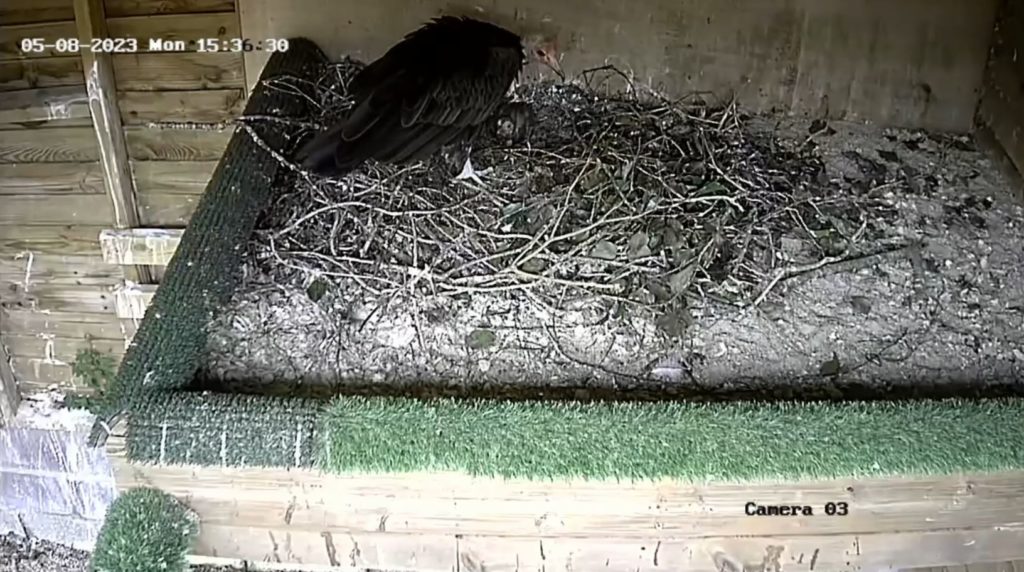
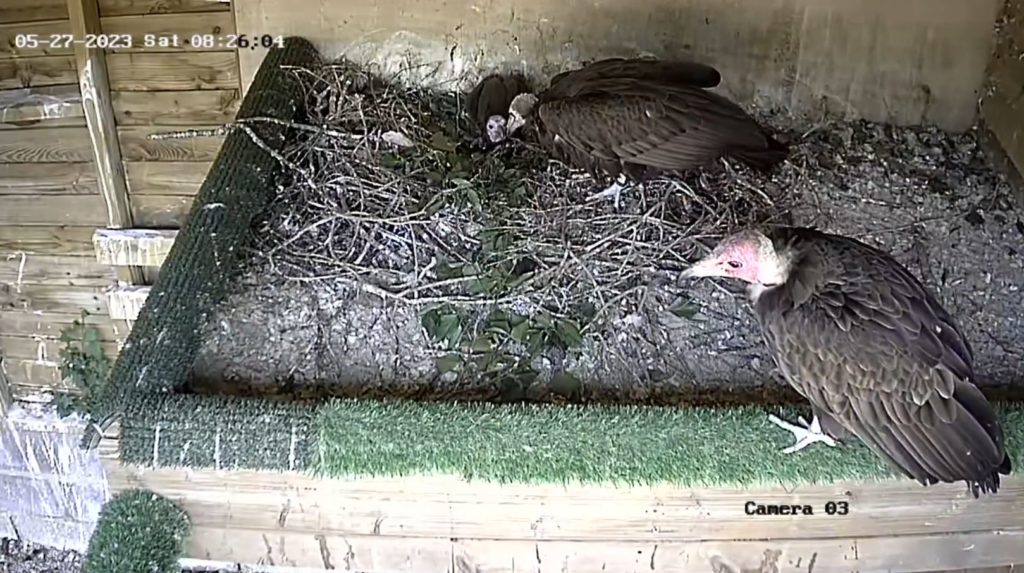
Thank you to Investec for funding our new incubator!

